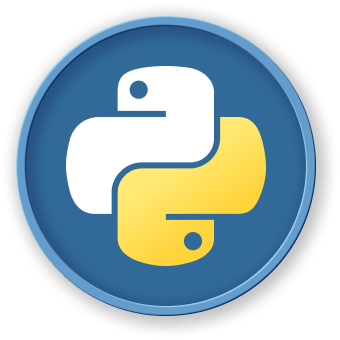Introduction
In this project, you will learn how to implement the K-Nearest Neighbors (KNN) regression algorithm using Python. KNN is a widely used machine learning method, commonly used for classification problems. However, it can also be applied to regression tasks, where the goal is to predict a continuous target value.
🎯 Tasks
In this project, you will learn:
- How to understand the KNN regression algorithm and its working principle
- How to implement the KNN regression algorithm in Python
- How to calculate the Euclidean distances between the test data and training data
- How to identify the k nearest neighbors and retrieve their target values
- How to compute the average of the k nearest neighbors' target values to predict the output for the test data
🏆 Achievements
After completing this project, you will be able to:
- Implement the KNN regression algorithm from scratch using Python
- Use the Euclidean distance as a distance measure in the KNN algorithm
- Apply the KNN regression algorithm to predict continuous target values
- Demonstrate practical skills in machine learning algorithm implementation




